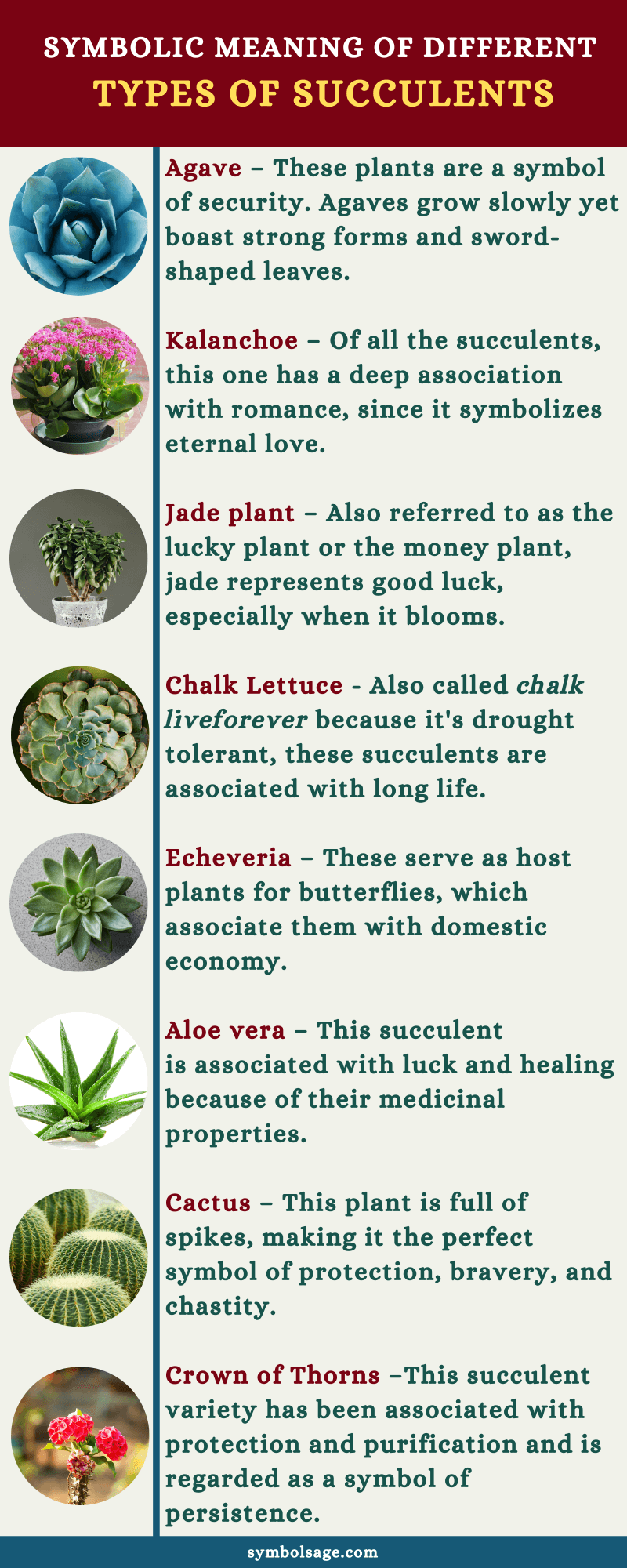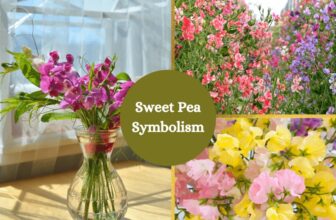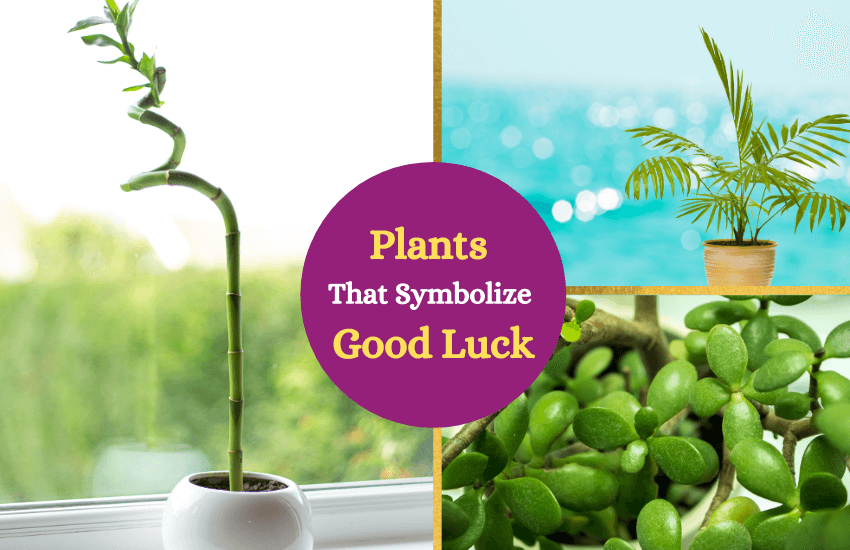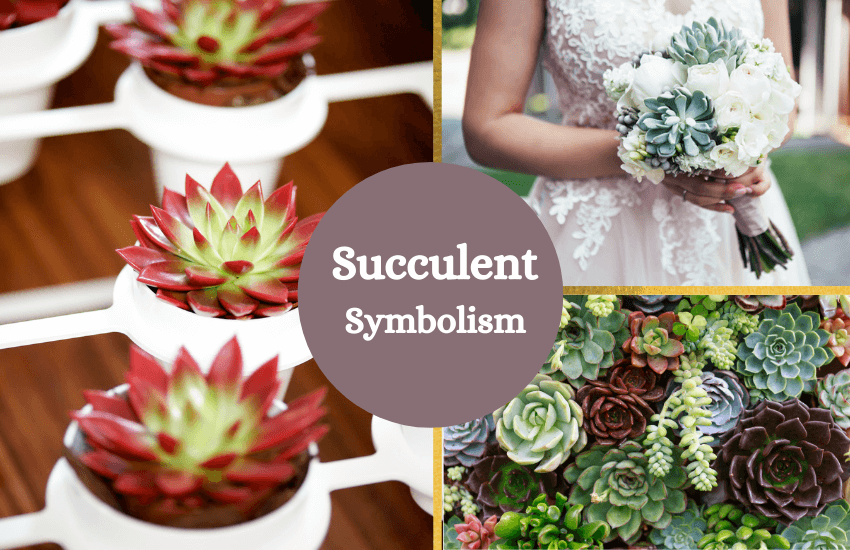
Table of Contents
Commonly seen in hanging planters and garden walls, succulents are my favorite houseplants for their interesting shapes, textures, and hardiness. Here’s a look at what makes them an ideal houseplant, along with their most popular types and symbolic meanings.
About Succulents
In general, succulents are plants that can thrive in dry conditions because they store water in their leaves, stems, and roots. There are many different types of succulents, and they can be found in more than 60 plant families, including Cactaceae, Asparagaceae, and Aizoaceae. Most of these are native to Central America, Africa, and other regions affected by drought, and are often cultivated as ornamental plants.
While all cacti are regarded as succulents, not all succulents are cacti. Some of them belong to the Crassulaceae family, particularly the plush plant, sunburst, chalk dudleya, and the Echeveria with cabbage-like clusters or rosette leaf patterns. The sunburst is a tri-colored plant known for its white, yellow, and green leaves, while the chalk lettuce is recognized for its powdery wax texture.
Aloe vera, snake plants, hens and chicks, kalanchoe, and jade are succulents too. Some types even have the ability to purify the air, especially the Sansevieria trifasciata or the snake plant.
Many succulents produce beautiful flowers. The Christmas cactus has asymmetrical blooms and crab claw-like leaves, while the Pincushion cactus boasts daisy-like flowers.
Interesting Fact:
While there’s a gastronomic appeal to their name, they’re called succulents because of their water-preserving capabilities, and not because they’re tasty in any way. In fact, the term comes from the Latin word sucus which means sap or juice.
Meaning and Symbolism of Succulents
Succulents come in stunning colors, shapes, and sizes. While specific varieties have their own meanings, in general succulents represent the following:
Enduring and Timeless Love
Succulents have evolved to withstand long periods of drought in the most challenging conditions, making them the ideal representation of enduring love. Regardless of the variety of succulents, gifting a succulent to a close friend or a loved one is an indication of timeless friendship and everlasting love.
Luck and Prosperity
In Feng shui, succulents represent gold and money which attracts abundance and wealth. However, succulents with thorns are believed to bring misfortune when placed indoors.
Types of Succulents
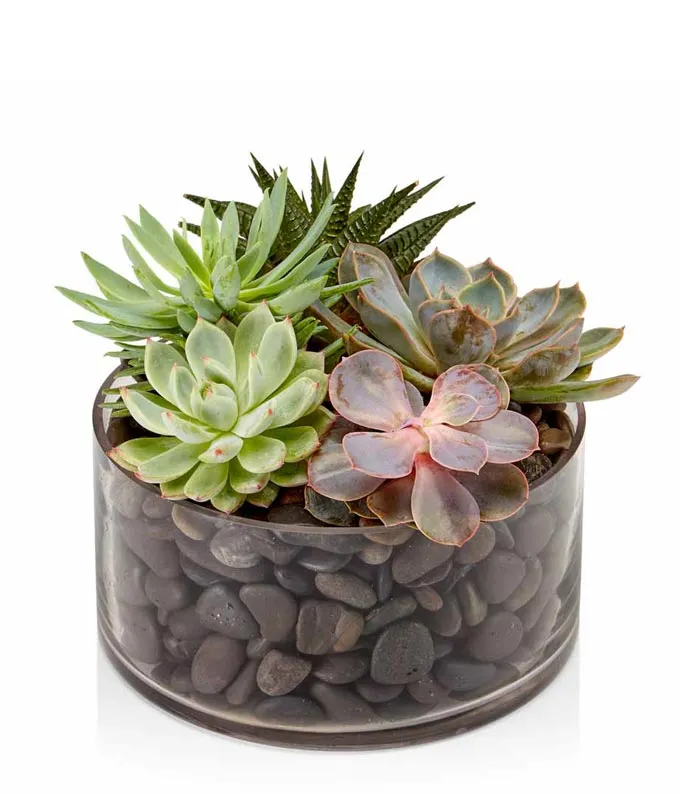
There are several kinds of succulents, and if you’re thinking of giving them as gifts, here are the most popular types and their specific meanings:
1. Agave
These plants are a symbol of security. Agaves are called century plants because they grow slowly yet boast strong forms and sword-shaped leaves. In other cultures, they’re also known as the Miracle of Nature and the Mexican Tree of Life.
2. Kalanchoe
Of all the succulents, this one has a deep association with romance, since it symbolizes eternal love.
3. Jade plant (Crassula ovata)
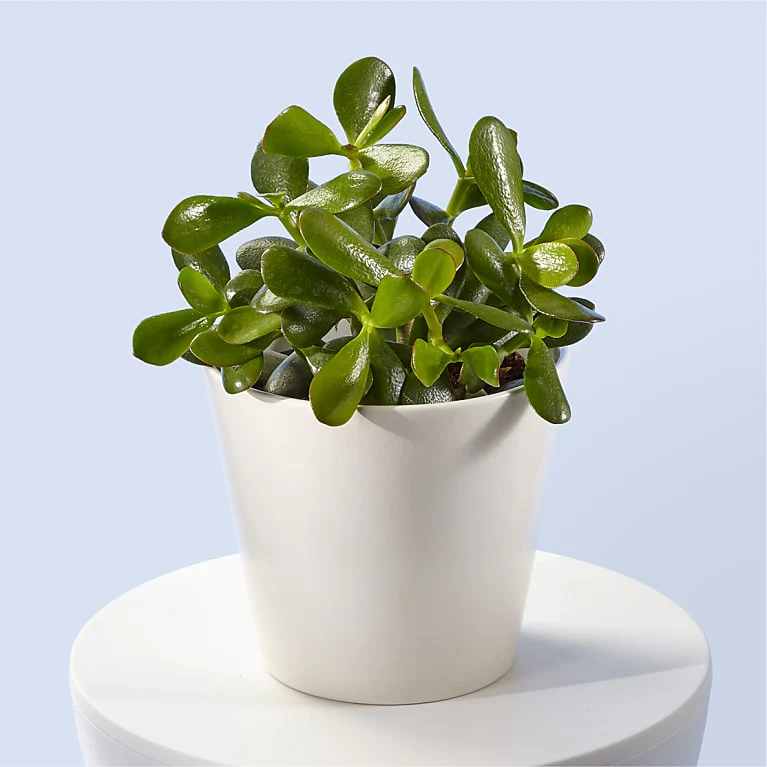
Also referred to as the lucky plant or the money plant, jade represents good luck. It’s said that you’ll be luckier in money when it blooms.
4. Chalk Lettuce (Dudleya pulverulenta)
Did you know this variety is also called chalk liveforever because the plant is drought tolerant? Due to this, they have become associated with long life.
5. Echeveria
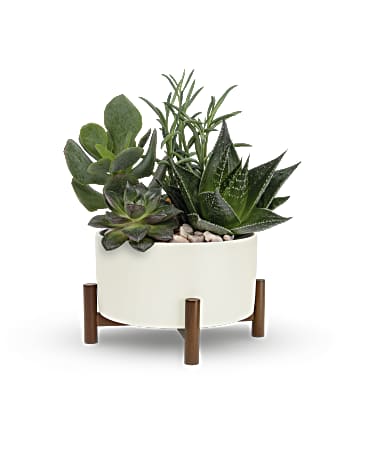
These serve as host plants for butterflies, which associate with the domestic economy.
6. Aloe vera
This succulent is associated with luck and healing probably because of its medicinal properties. They were once known as the immortality plant and had been planted on graves to promote peace before reincarnation. However, the aloe plant can also symbolize grief and bitterness.
7. Sedum
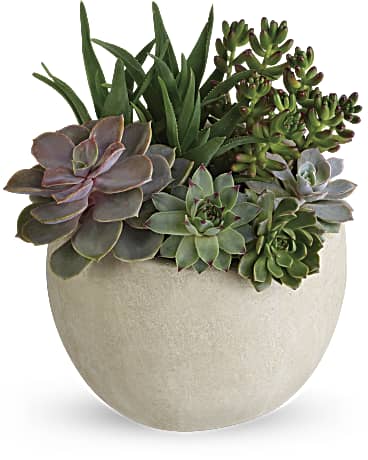
Since this variety is thought to repel lightning, it has been associated with tranquility.
8. Cactus
This plant is full of spikes, making it the perfect symbol of protection, bravery, and chastity. However, cacti can also represent aggressiveness, standoffishness, and unfriendliness.
9. Crown of Thorns (Euphorbia)
This succulent variety has been associated with protection and purification and is regarded as a symbol of persistence.
Uses of Succulent Plants throughout History
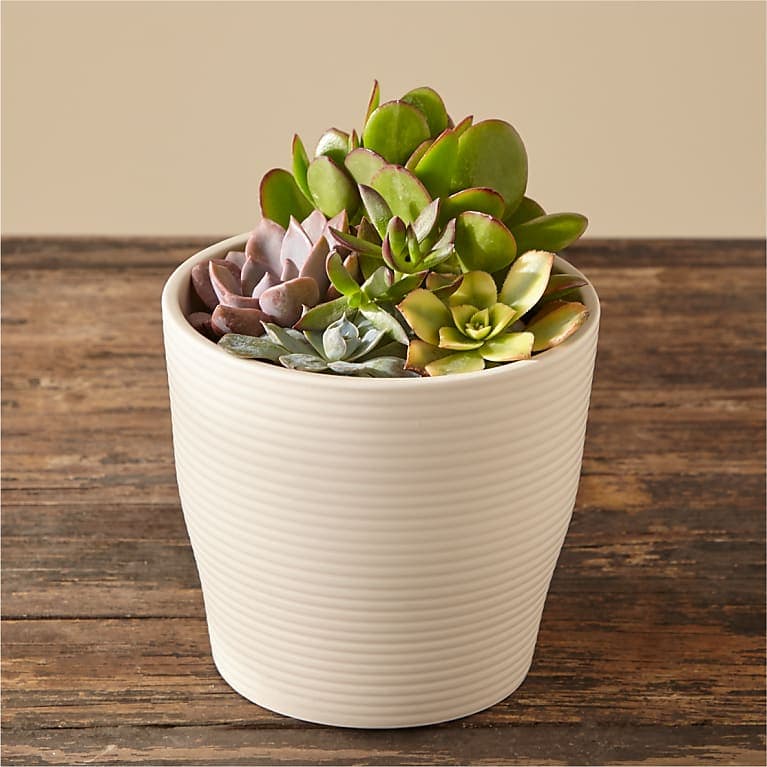
Apart from being a favorite ornamental plant, succulents are also known for their medicinal uses, as well as for being a healthy addition to your dinner plate.
In Magic and Superstitions
Some succulent plants have been used in rituals, in hopes of providing protection from evil. In some cultures, they’re grown as a houseplant to bring in luck and prevent household accidents.
In Medicine
Disclaimer
The Aztecs and Mayans used certain types of succulents as antiseptic and anti-inflammatory for treating burns, cuts, and wounds. Nowadays, aloe vera is widely used as a natural remedy for sunburns and irritated skin, while some plants have been utilized for treating certain precancerous skin conditions.
In Gastronomy
There are several types of succulents you can eat, including the sedum, which is said to have a peppery taste. Certain varieties can be eaten raw or cooked and added to salads, soups, savory dishes, and smoothies. Also, the saguaro, a tree-like cactus that bears fruit, is used by the Tohono O’odham tribe of Mexico and Arizona to make syrups, jams, and wines.
Succulent Plants in Use Today
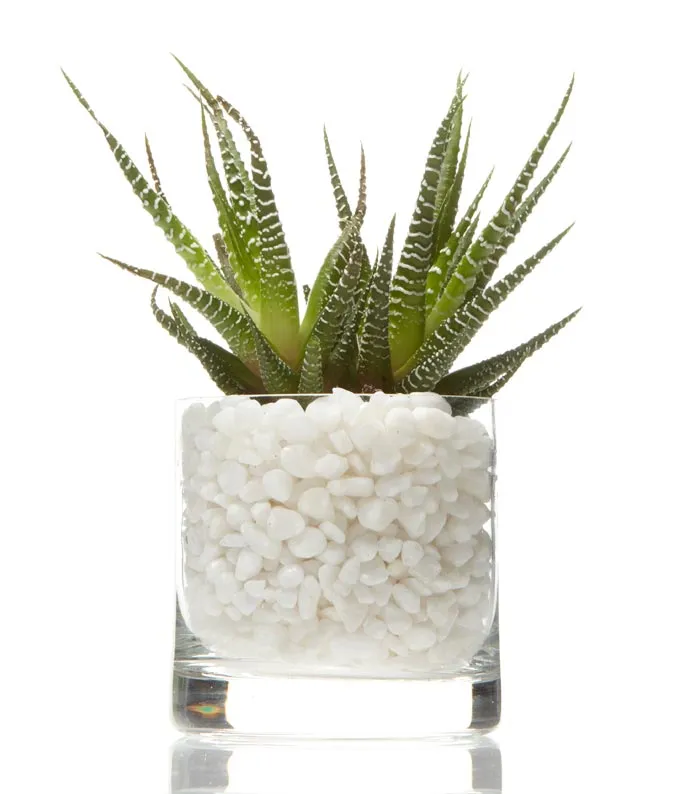
Succulents are ideal in rock gardens, as well as in areas prone to droughts. Since they can be found in diverse shapes and textures, succulents will also spice up your home decor whether you place them in baskets, jars, teacups, birdcages, shells, or eggshell containers. They’re perfect as office plants too, as well as a plant decoration in your kitchen.
While they’re quite unusual for bouquets, they’ll look beautiful on boutonnieres, centerpieces, and wedding souvenirs. However, if you want a unique bouquet that stands out with a bohemian feel, consider incorporating a beautiful variety of succulents into your bouquet.
For rustic weddings, they’ll amp up the style of reception tables. They can also be added to cakes for a one-of-a-kind look.
When to Give Succulents
Succulents last longer than flowers, making them a great choice for gift-giving. The Sweetheart Hoya has beautiful heart-shaped leaves, which makes them the perfect gift for anniversaries and Valentine’s Day. For holidays, think of the Christmas cactus or the Thanksgiving cactus.
If you want to show someone you care, think of succulents as an ideal desk plant to give to your colleagues, bringing fresh greenery to their space. What makes this such an attractive gift option is that they survive the toughest conditions, so they can be gifted to anyone, even to those who are green-thumb challenged.
In Brief
From rosette-shaped to broad-leaved, there are endless varieties of succulents to suit your taste. As a symbol of luck and eternal love, these plants deserve a spot in your home.
